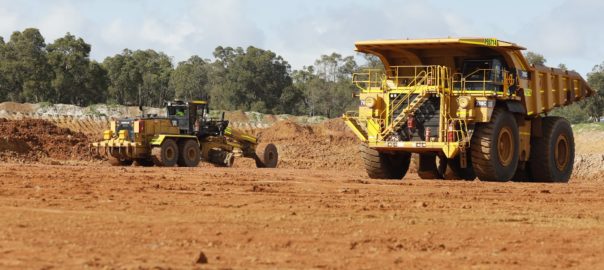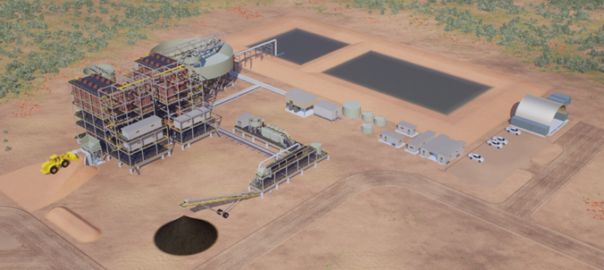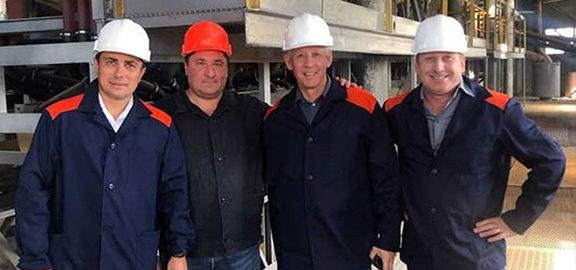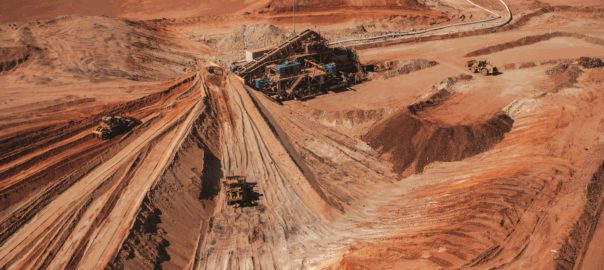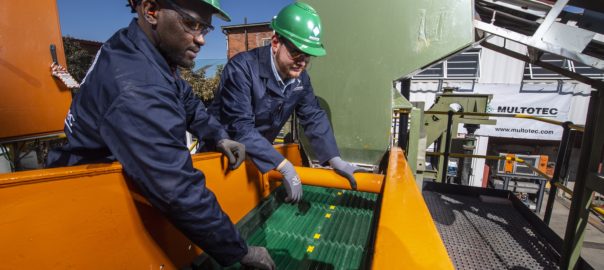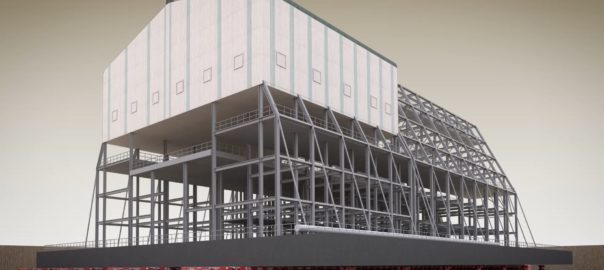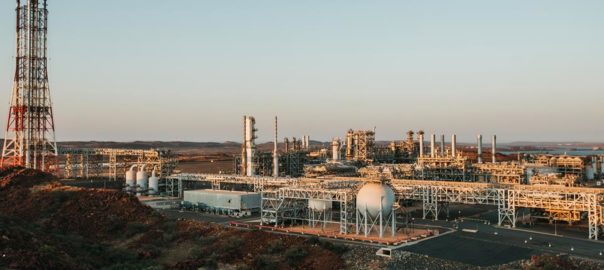Two African mines are achieving increased production time and plant availability after converting to Weir Minerals rubber lining solutions, the company says.
A mineral sands operation in Mozambique approached Weir Minerals just over two years ago, after experiencing high wear on its pipe and launders. This was leading to frequent maintenance, leaks and downtime. The Weir Minerals team observed that part of the challenge was worn out and corroded metal work on the mine’s wet concentrator plants due to the proximity to the coast.
Access to reline the existing launders was difficult and posed safety risks necessitating a more effective solution, the company said.
The solution was to replace the competitors’ products – chemically-cured rubber – with Linatex® rubber and Linard® 60 rubber. This was done during the mine’s monthly shutdowns.
Whereas the competitors’ rubber lasted only two to three months, the Linatex and Linard linings are still in operation after 25 months, according to the company.
The Linard 60 rubber lining solution was also applied at a gold mine in South Africa’s North West province. The mine’s maintenance team had been replacing the rubber lining on mill feed hoppers and spouts every 10 days, but the Mechanical Foreman was looking for a more resilient solution.
The Foreman was not familiar with Linatex rubber products, so a trial using Linard 60 rubber was arranged, with the entire feed hopper and spout lined with this silica-reinforced natural rubber.
The results saw wear life increase to 12 weeks. With only the partially worn areas requiring relining, there was a reduction in relining costs. This, in turn, increased plant availability, resulting in fewer stoppages and reduced operating costs.
Linatex premium rubber is a proprietary vulcanised natural rubber produced through a process that uses high quality natural latex, according to Weir. “It has outstanding strength, resilience and resistance to cutting and tearing – with high performance in wet, abrasive conditions,” the company said.
Linard 60 rubber, which is silica reinforced, retains the natural strength and nerve of latex, while combining with the toughness needed for handling coarse materials, according to the company.








